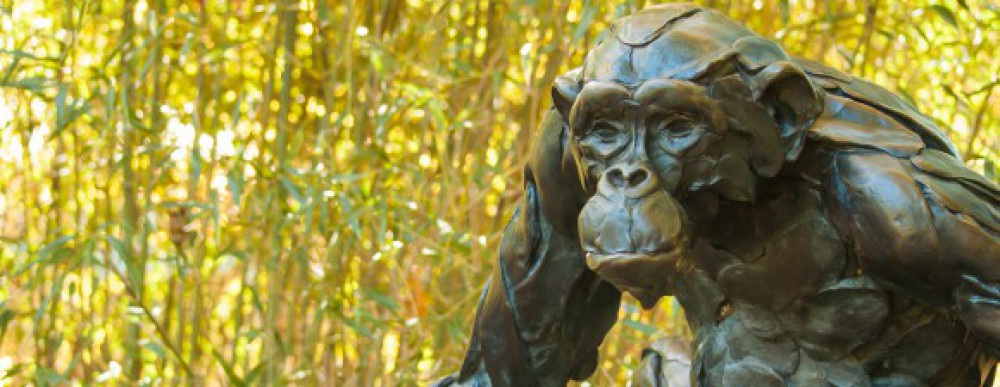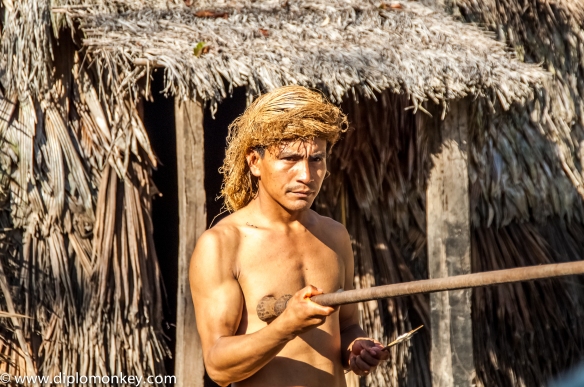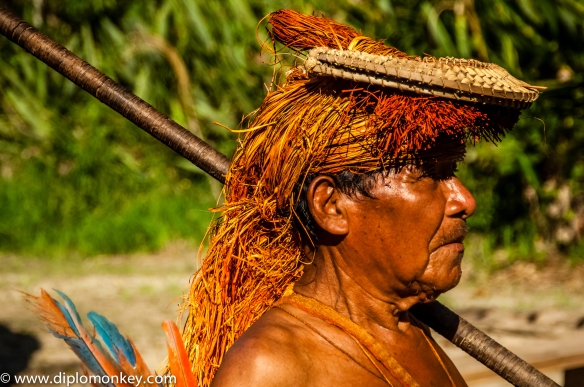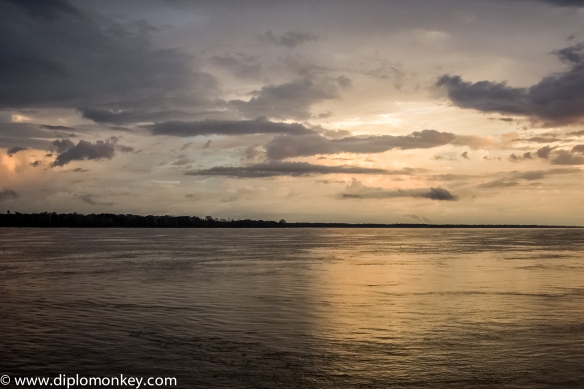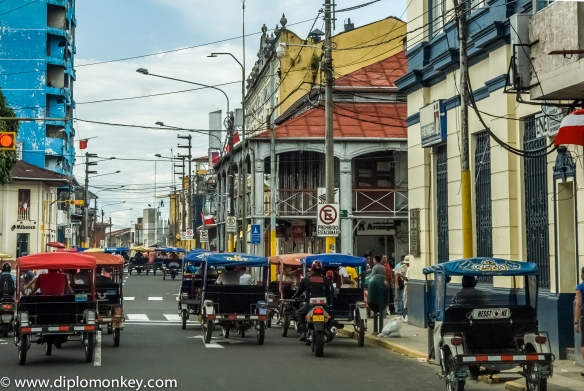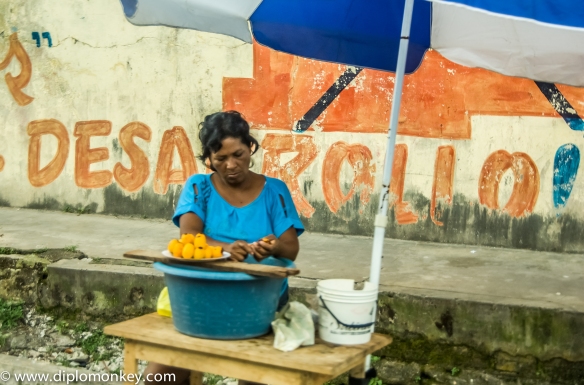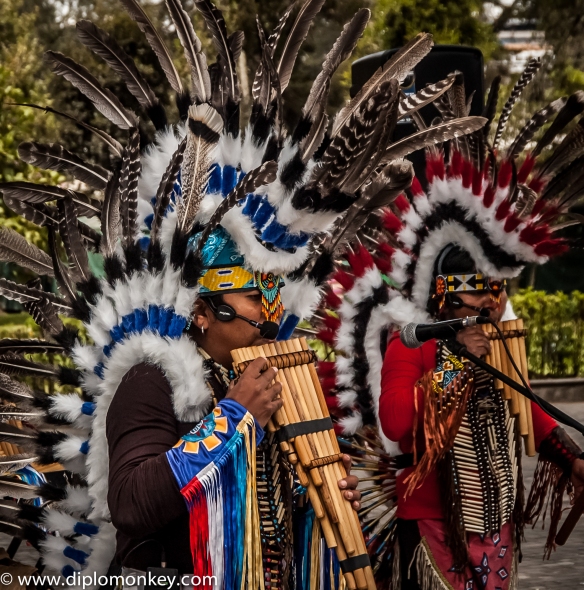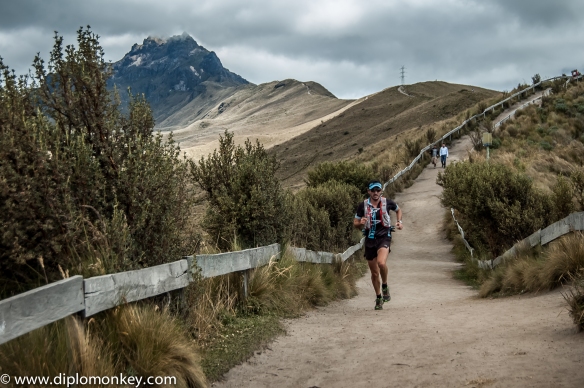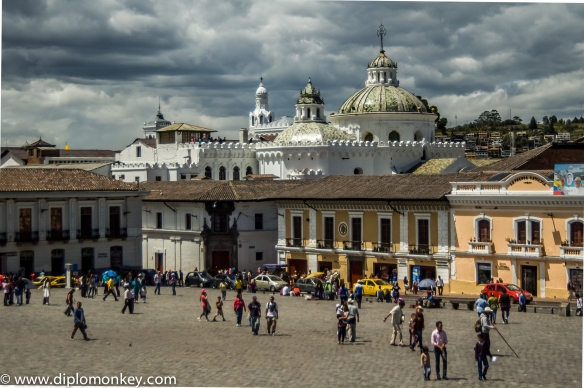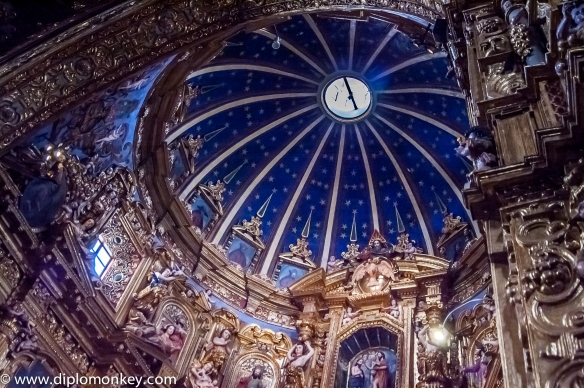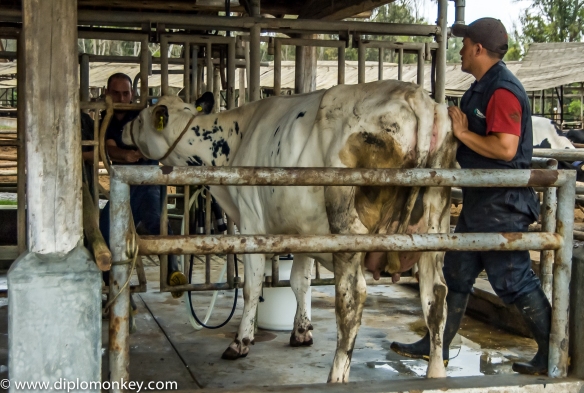Today is a special day, a day of remembrance; one’s whose genesis; meaning and importance are at times unfortunately forgotten.
Some of us spent the day at work, others enjoyed the holiday to sleep in or run errands. Others were lucky enough to spend time with their kids and or with their spouse. There is nothing wrong with this, it’s a holiday after all; however, many of us do not realize what this holiday actually means. It’s the recognition of the sacrifices of what it entails to serve one’s country.
Some were drafted, while others more recently volunteered, all are equally deserving of our respect, admiration, and thanks for serving in foreign lands fraught with danger.
Nearly a century ago a great war was fought, with formal hostilities ending on the 11th hour of the 11th day of the 11th month (of 1918) when the armistice with Germany went into effect. President Woodrow Wilson’s words ring true to this day:
“A year ago today our enemies laid down their arms in accordance with an armistice which rendered them impotent to renew hostilities, and gave to the world an assured opportunity to reconstruct its shattered order and to work out in peace a new and juster set of international relations. The soldiers and people of the European Allies had fought and endured for more than four years to uphold the barrier of civilization against the aggressions of armed force. We ourselves had been in the conflict something more than a year and a half. – With splendid forgetfulness of mere personal concerns, we re modeled our industries, concentrated our financial resources, increased our agricultural output, and assembled a great army, so that at the last our power was a decisive factor in the victory. We were able to bring the vast resources, material and moral, of a great and free people to the assistance of our associates in Europe who had suffered and sacrificed without limit in the cause for which we fought. Out of this victory there arose new possibilities of political freedom and economic concert. The war showed us the strength of great nations acting together for high purposes, and the victory of arms foretells the enduring conquests which can be made in peace when nations act justly and in furtherance of the common interests of men. To us in America the reflections of Armistice Day will be filled with – solemn pride in the heroism of those who died in the country’s service, and with gratitude for the victory, both because of the thing from which it has freed us and because of the opportunity it has given America to show her sympathy with peace and justice in the councils of nations.”
Today be thankful of all veterans, they merit it.
